.png)
.png)
Living Security
Webinars

Upcoming webinar: April 16 Breaking Down Data Silos: Benchmarking Human Risk & Unlocking Contextualized Intelligence hosted by the Living Security Human Intelligence Team (HInT)
Living Security webinars are a free, educational resource exploring a wide range of Human Risk Management topics, offering actionable insights to help your organization stay secure and resilient. Whether you're interested in strategies to mitigate risks or best practices for fostering a strong security culture, there's a Living Security webinar for every security professional. Fill out the form to register for our next live webinar, or explore our library of on-demand sessions below.
.png)
.png)
Living Security Webinars

Living Security webinars are a free, educational resource exploring a wide range of Human Risk Management topics, offering actionable insights to help your organization stay secure and resilient. Whether you're interested in strategies to mitigate risks or best practices for fostering a strong security culture, there's a Living Security webinar for every security professional. Explore our library of on-demand sessions below.
Recent Releases
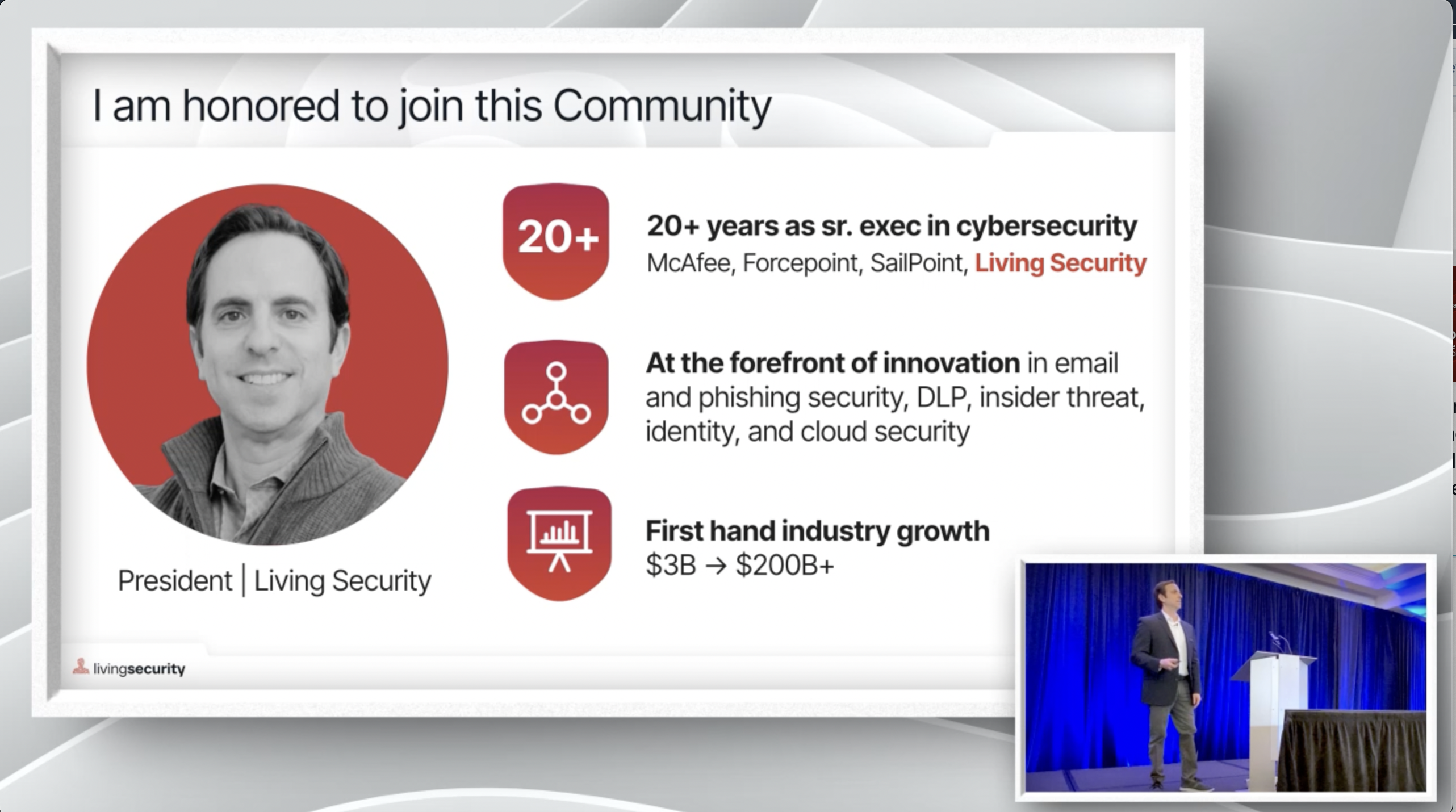


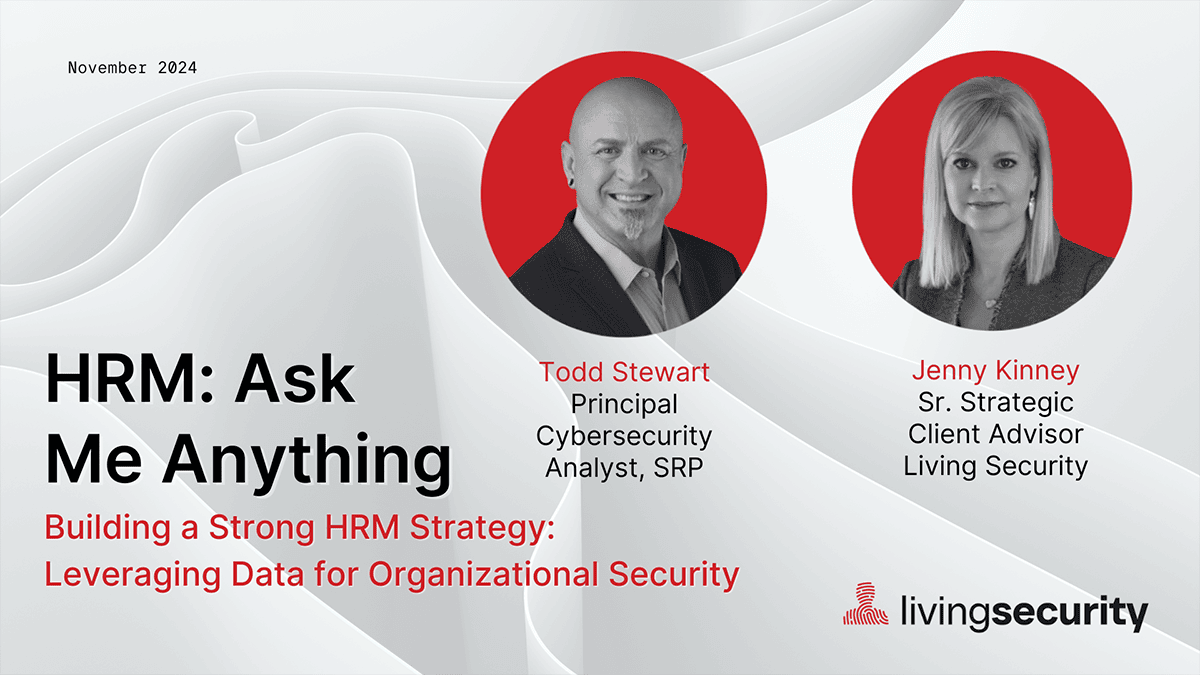

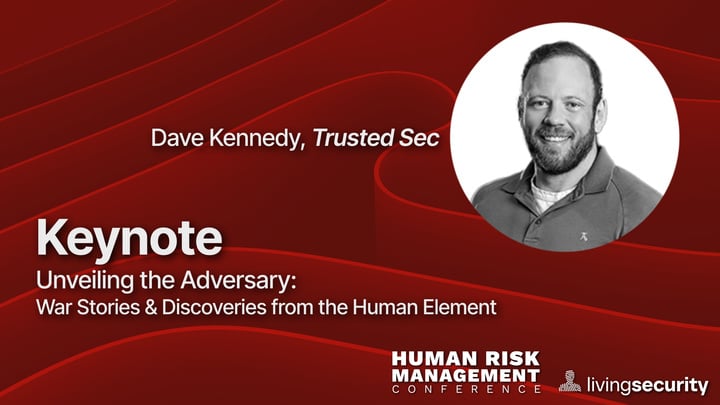


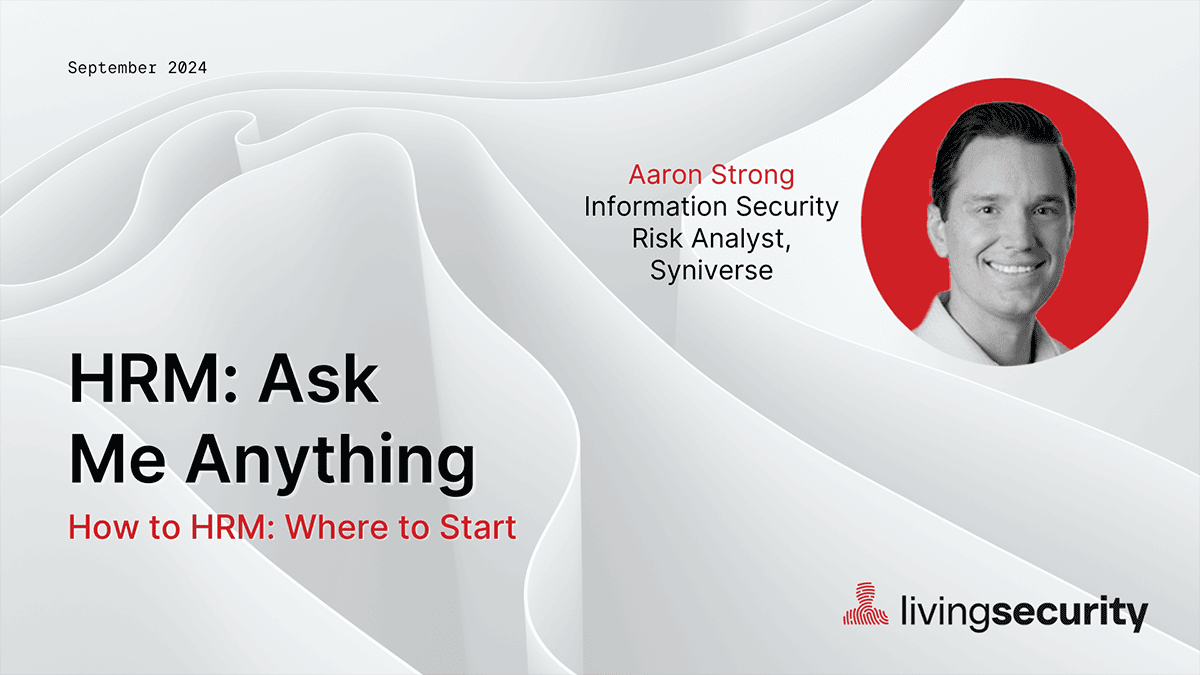
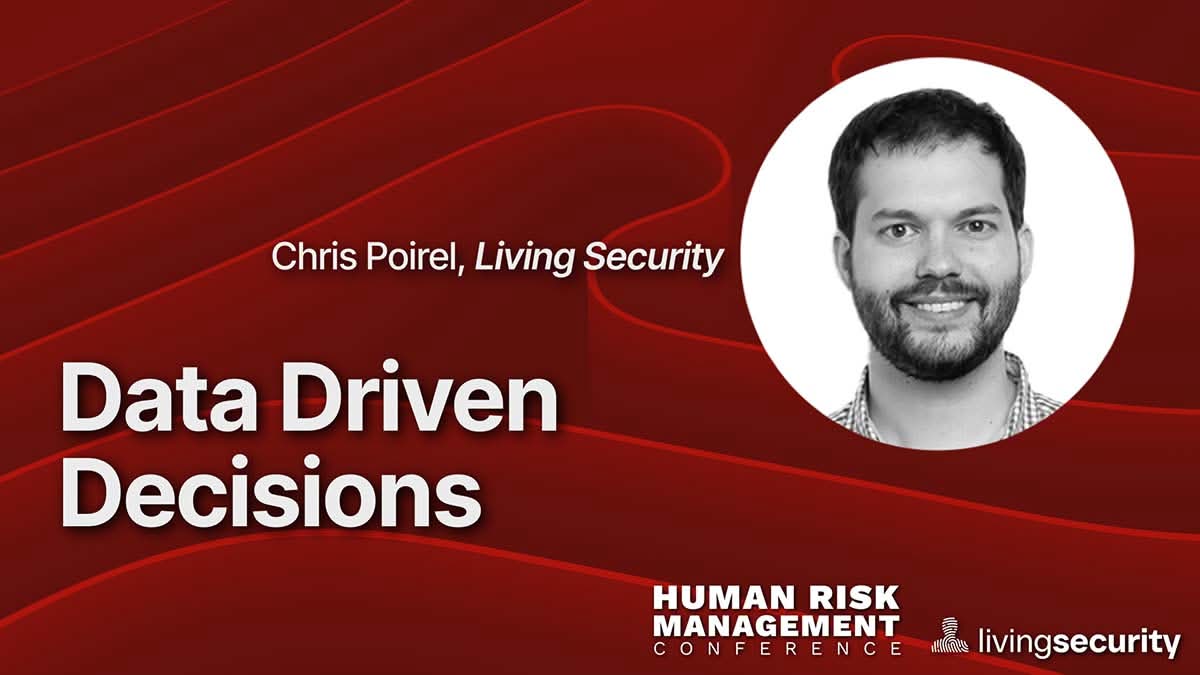
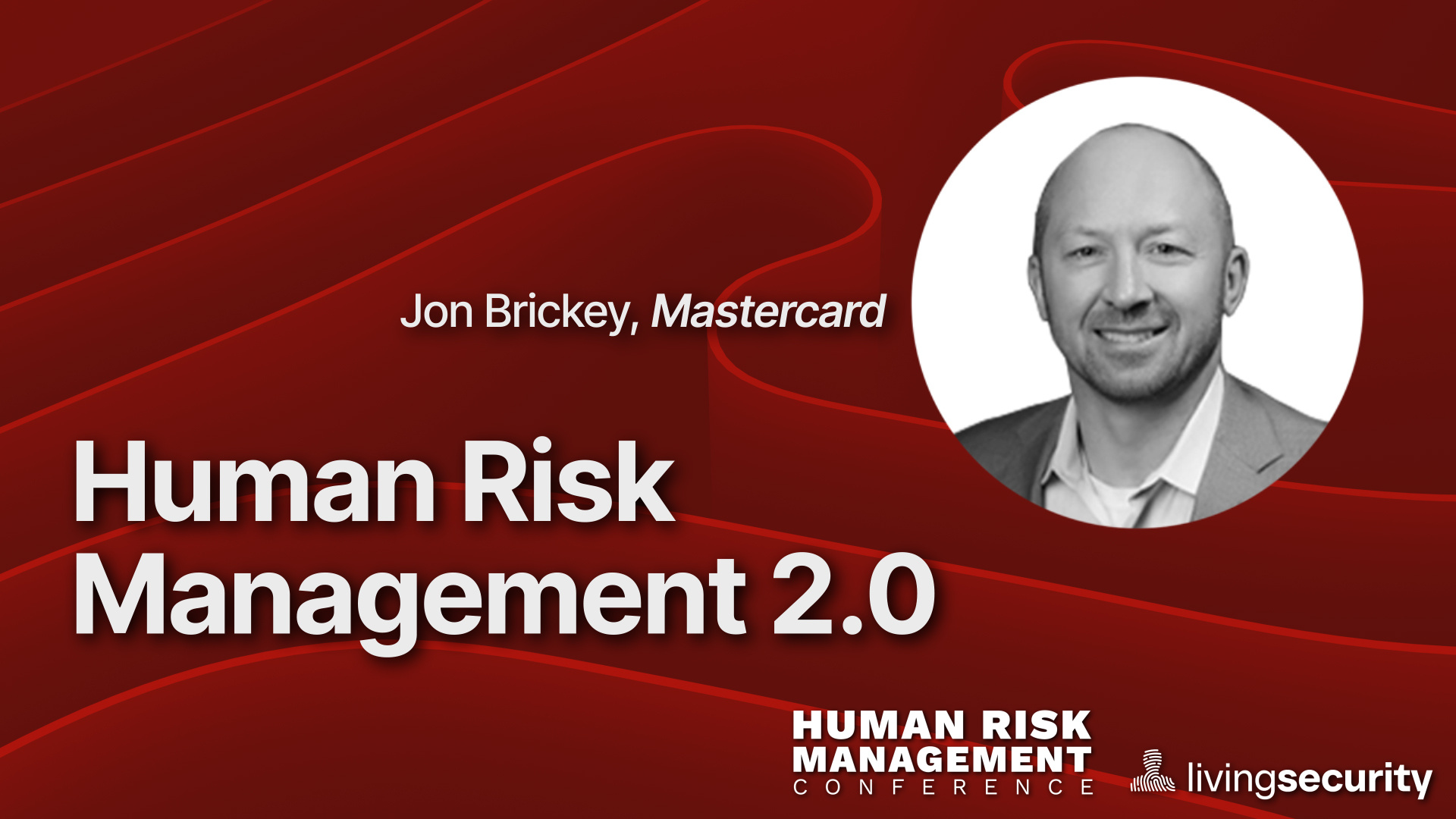
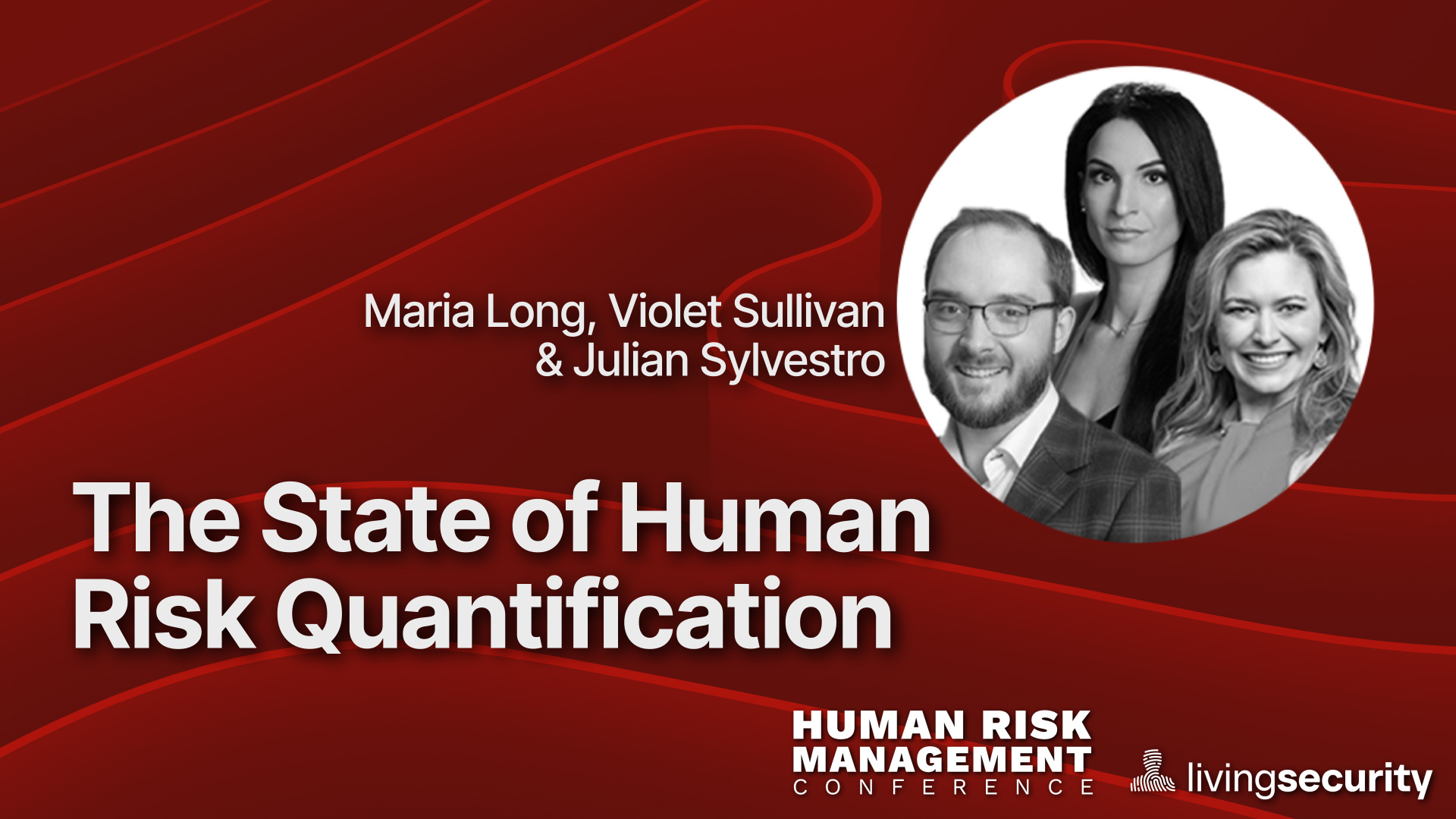
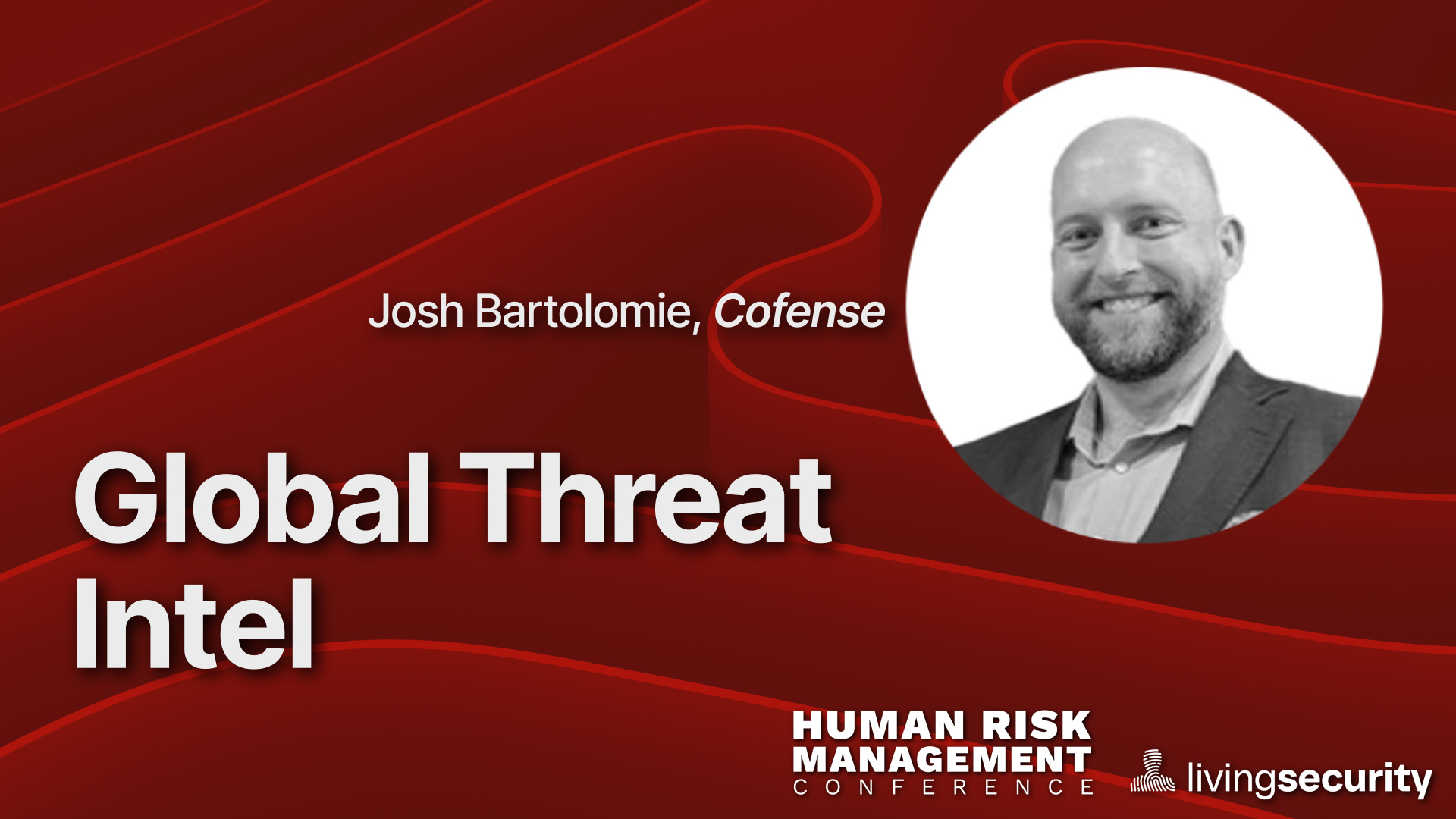
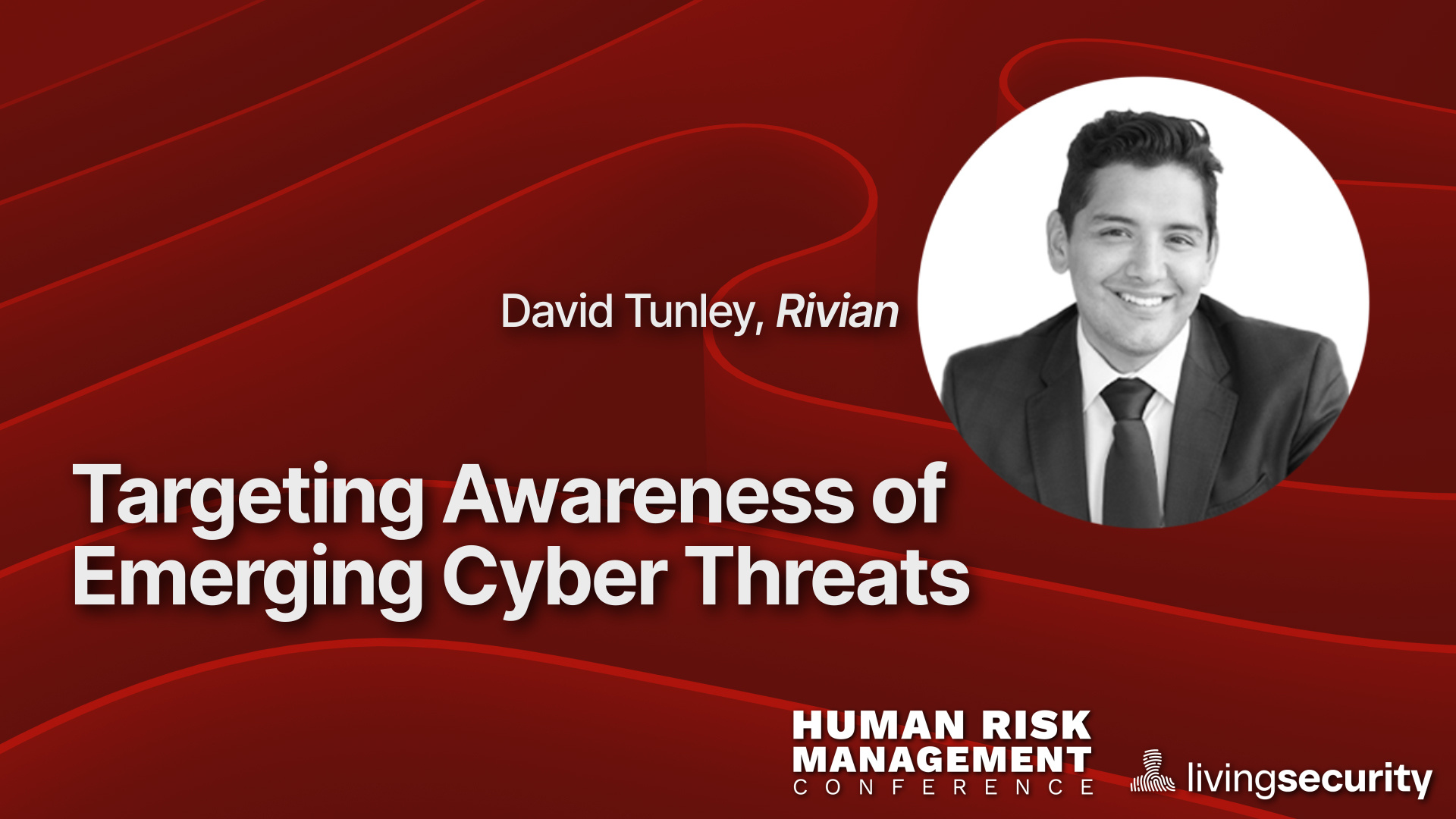

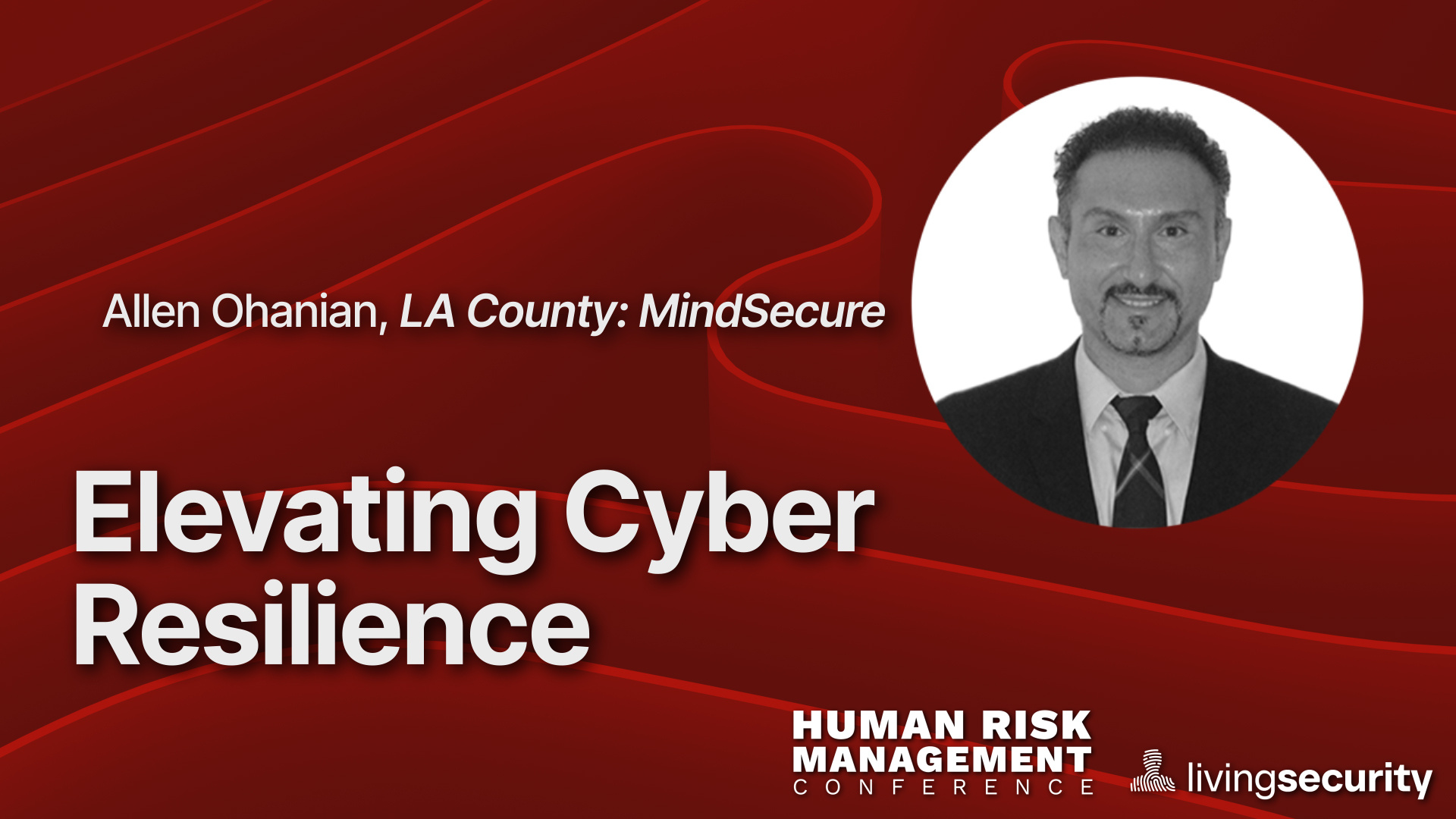
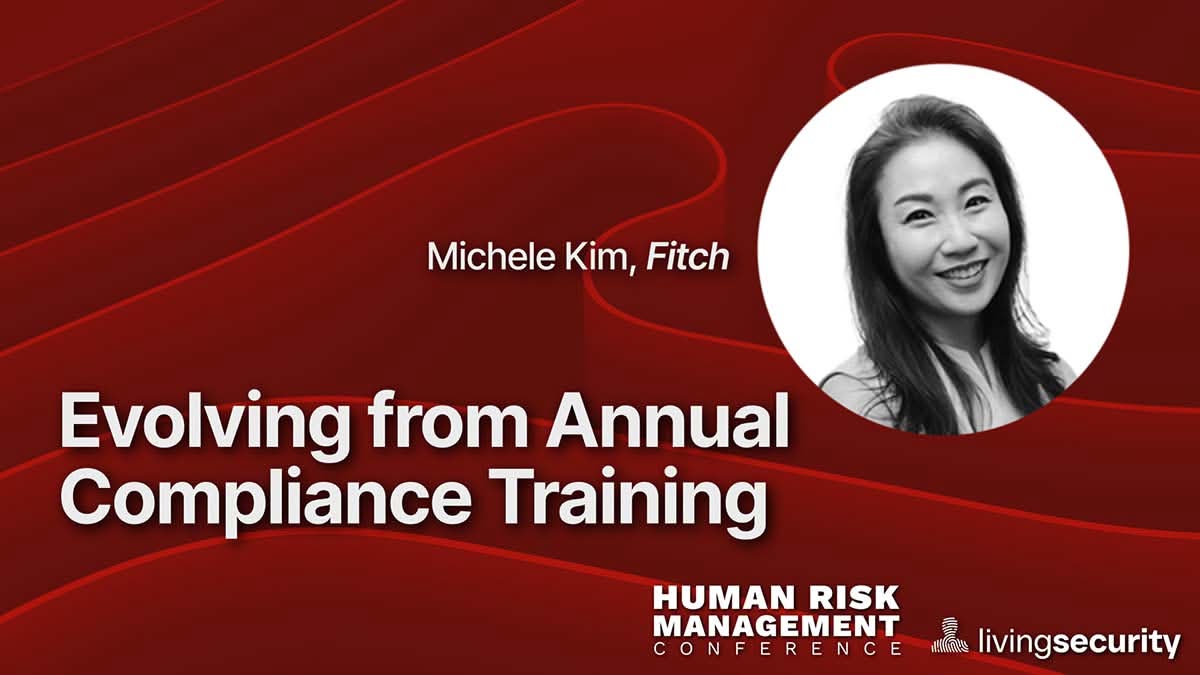



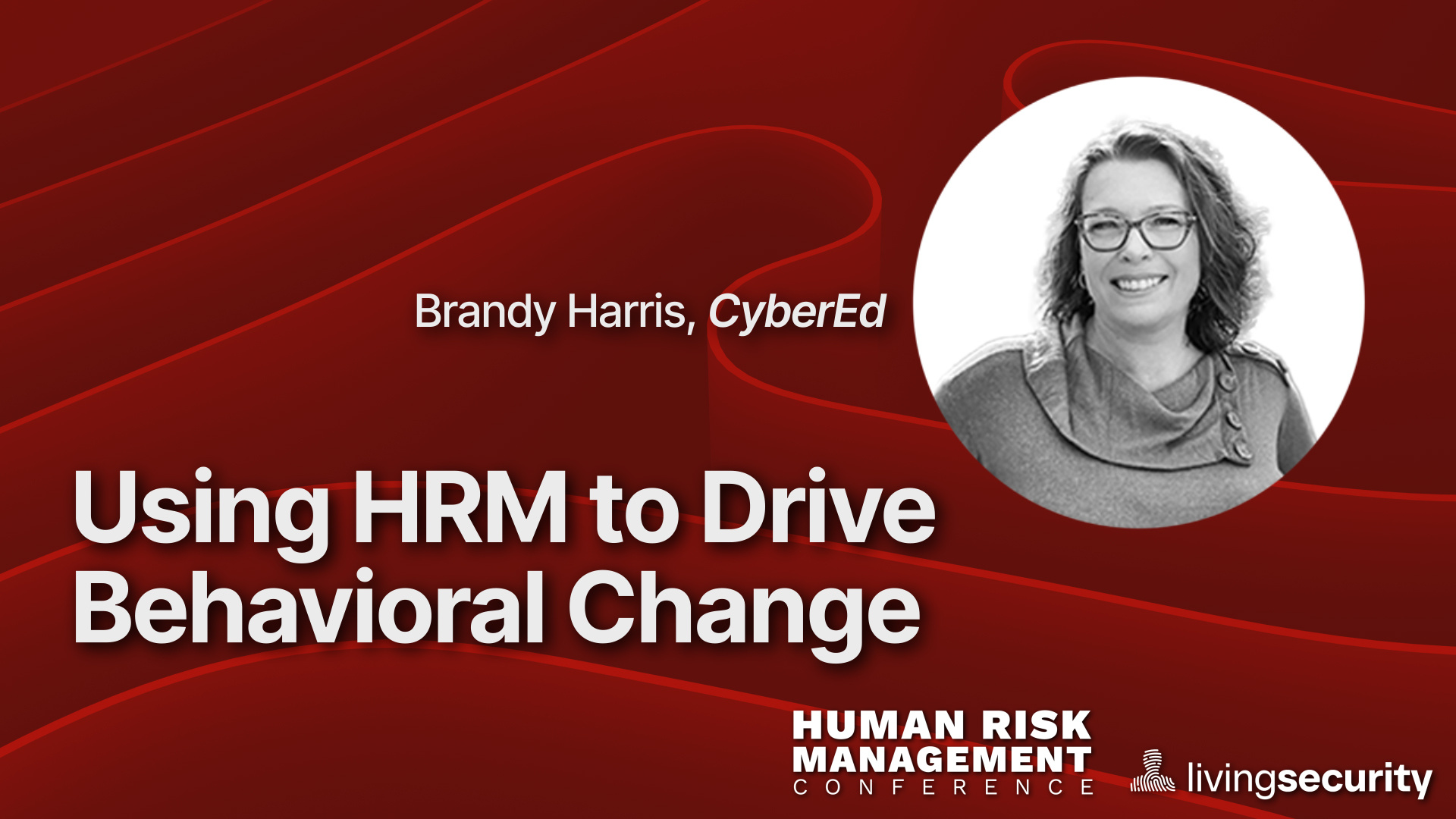
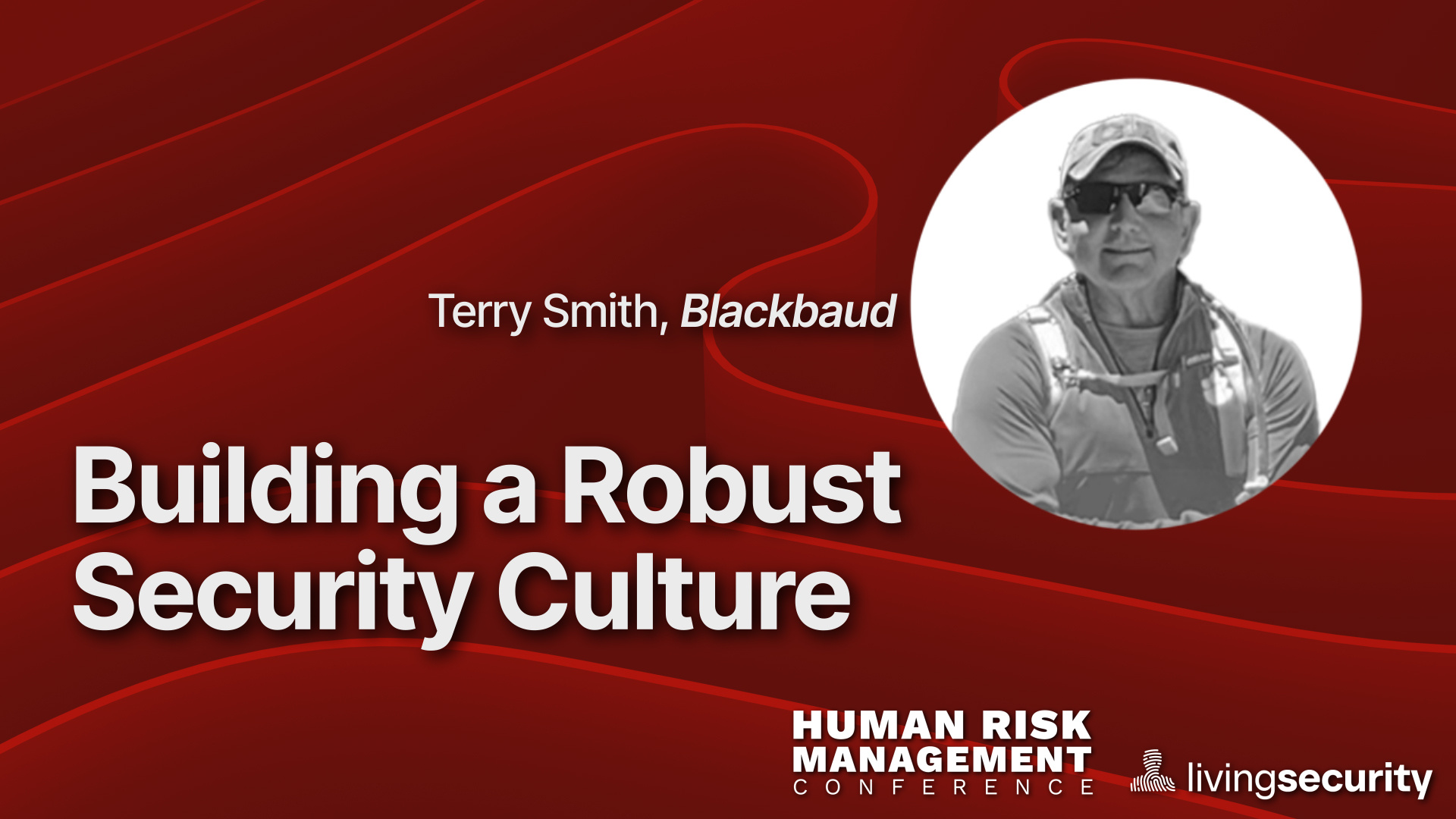
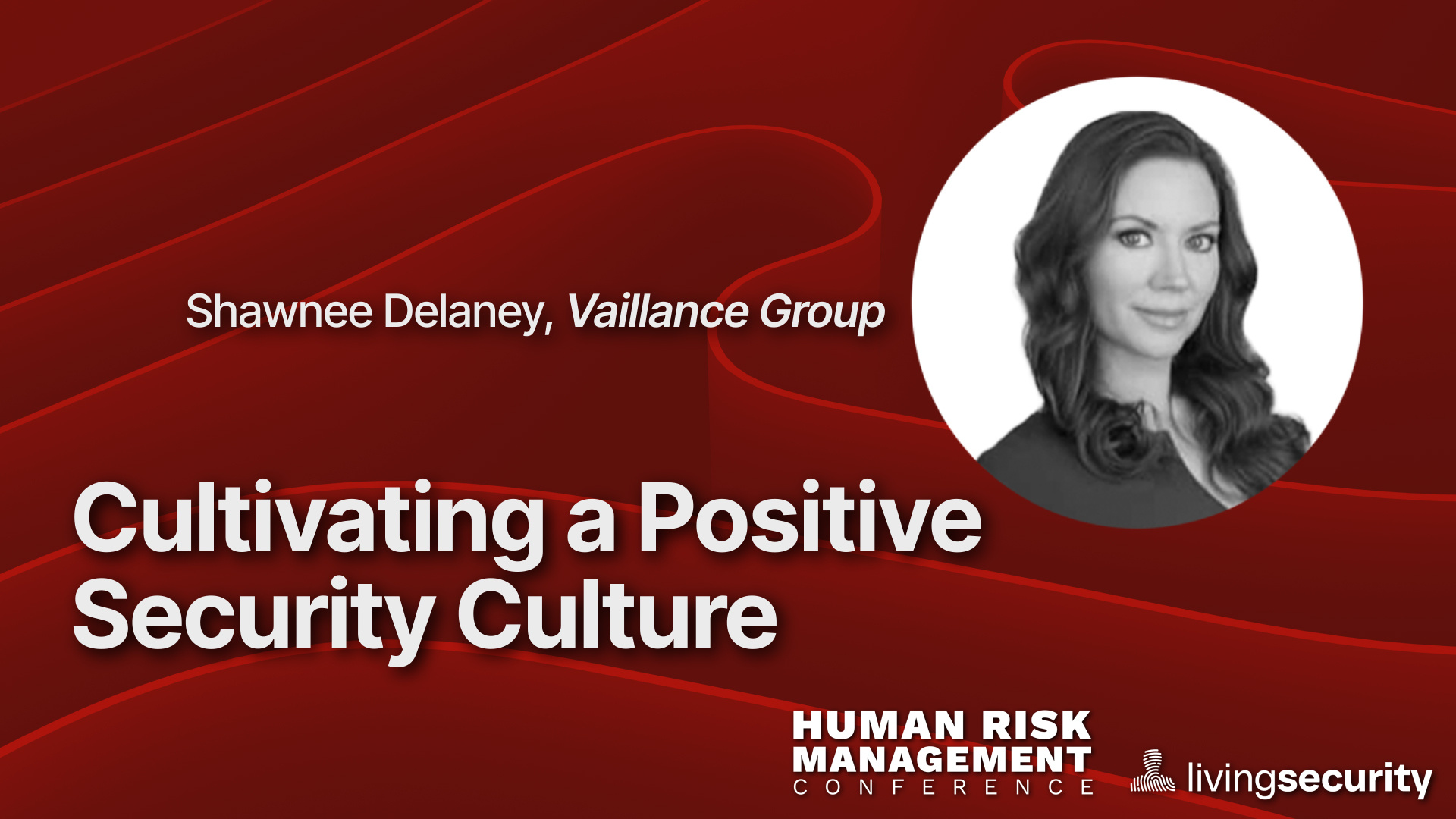
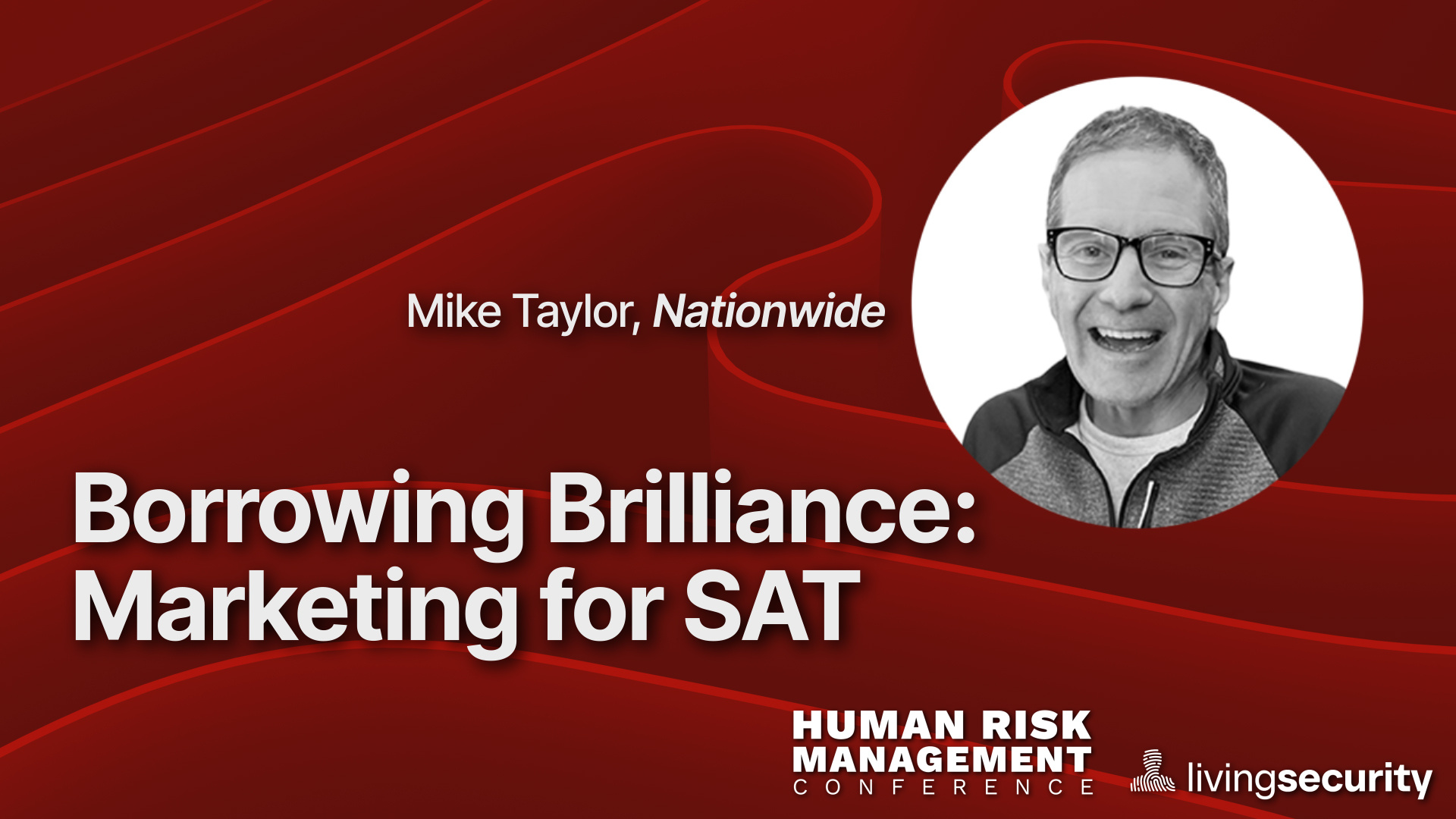

Explore Webinar Series
Dive into insights and discussions from HRMCon- the largest virtual gathering of Human Risk Management professionals. Explore 18 sessions from HRMCon 2024, covering topics like Human Risk Quantification, Risk-Based Policy & Training Interventions, Workforce Education and Enablement, and Positive Security Culture.
Our Human Risk Management: Ask Me Anything series brings together the industry's top HRM experts with to focus on all things Human Risk Management with the broader cybersecurity community. Focusing on differentiated topics, this series helps security professionals to develop, implement, and grow successful HRM programs for their organizations.
Explore featured webinars and keynote presentations from trusted industry thought leaders.
Join us in 2025 for product webinars covering platform demonstrations, product releases, and more! Click here to register for our next webinar.
| April 2025 | |||
 |
|||
| Register Now |
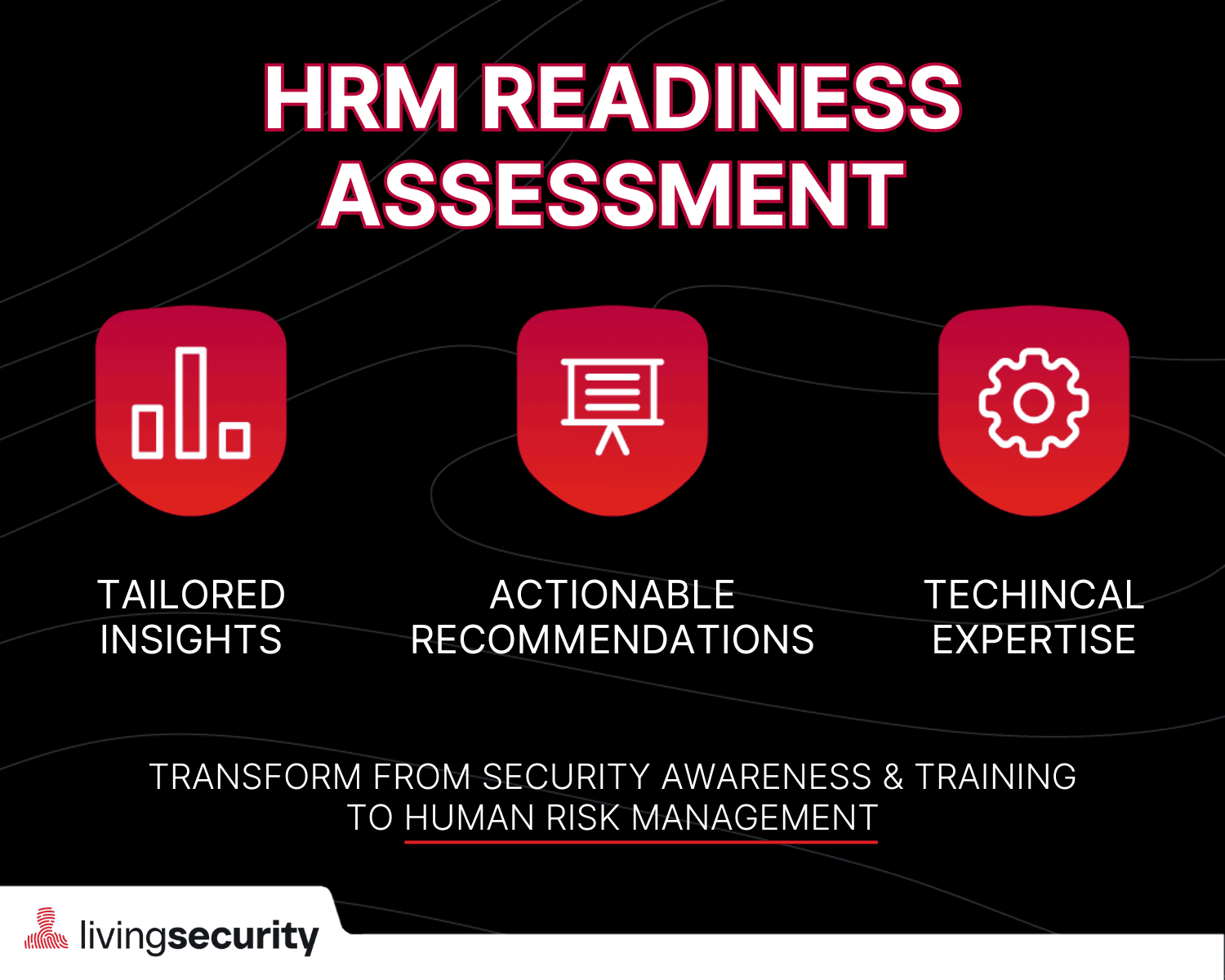
TITLE
TITLE
TITLE
TITLE
Breakout Tracks |
|||
Human RiskQuantification |
Risk-BasedPolicy & Training Interventions |
Workforce Educationand Enablement |
PositiveSecurity Culture |
Quantifying Behaviors to Mitigate Human Risk in HRMChris Poirel, Living Security |
Targeting Awareness of Cyber Threats with Risk-Based Policies & Training InterventionsDavid Tunley, Rivian |
Hook, Line, and SinkerAaron Strong, Syniverse |
Building a Robust Security CultureTerry Smith, Blackbaud |
|
|||
Human Risk Management 2.0Jon Brickey, Mastercard |
Empowring Your Human Firewall: Orchestration for Cyber Resilience and TrainingSandy Evancs, Living Security |
How to Deepen Your Career in Security AwarenessCassie Clark, Consultant |
HRM's Role Cultivating a Positive Security Culture for your OrganizationShawnee Delaney, Vaillance Group |
|
|||
The State of Human Risk QuantificationMaria Long, Violet Sullivan & Julian Sylvestro |
MindSecure: Elevating Cyber Resilience through Cyberpsychology and Organization SynergyAllen Ohanian, LA County |
Own Your Security Journey: Empower All Levels to Track Human Risk & Drive Continuous ImprovementErik Book, Living Security |
Borrowing Brilliance: What Security Awareness and Training Should Steal from MarketingMike Taylor, Nationwide |
Connecting Emerging Threat Intel to Human Risk QuantificationJosh Bartolomie, Cofense |
Evolving from Annual Security Compliance Training to Risk-Based Policy and TrainingMichele Kim, Fitch Ratings |
Using Human Risk Management to Drive Behavioral ChangeBrandy Harris, CyberEd |
Scorecards & Vigilance: Unleashing the Power of Your Workforce for a More Secure FutureNick Marchiselli, Living Security |
Conference Tracks
Choose from four exciting conference tracks.1. Human Risk Quantification
2. Risk-Based Policy & Training Interventions
3. Workforce Education and Enablement
4. Positive Security Culture


Josh Bartolomie
Cofense | VP, Global Threat Services
Connecting Global Threat Intel to Human Risk Quantification
Organizational risks are pervasive and take many different forms throughout both the human and cyber domains. Within many organizations, these domains are managed separately and maintain diverse quantifications that may, or may not, foster relevant risk insights and mitigations. However, when combined, we can promote a uniquely actionable and insightful look at actual threats and risks our organizations face from inside and out. This talk will highlight real world advice, insights, and examples of how to operationalize pervasive human and cyber risk management throughout your organization.

About Josh
With over 25 years of information technology and cybersecurity experience, Josh is a recognized expert in incident response and global threat intelligence. In his current role, his teams focus on the global phishing threat landscape and real-time threat detection and analysis to quickly collect and disseminate actionable threat, and threat actor, insights for Cofense and its customers."

Living Security Blog
WSJ Article: Why “Security Training Doesn’t Work” Misses the Point
Wall Street Journal says phishing training doesn’t work. We explain why it is just the first step — and how Human Risk Management cuts risky users by half.


The Future Is Now: Introducing Human Risk Management. This is not just a name change. It is a significant change of mindset, strategy, process, and technology about how we approach an old problem in a new world.
Jinan Budge

Featured Speakers
Hear from cybersecurity thought leaders, sharing extended insights into the evolving Human Risk Management landscape.

Jinan Budge | Forrester
Jinan leads Forrester's security and risk research in Asia Pacific. Jinan's research focuses on enabling chief information security officers (CISOs) and technology executives to lead a high-performing security organization and culture. Jinan globally leads Forrester's awareness, behavior, and culture coverage, using strategic and innovating thinking to shape the market. Jinan is also an advocate for diversity and inclusion in security. She focuses on ensuring that cybersecurity teams not only attract but also retain the best talent, and she brings a local and global perspective and cultural lens to her research and practice.
Watch Jinan's Fireside Chat
David Kennedy | TrustedSec
David Kennedy, founder and CEO of TrustedSec, and subject matter expert in cybersecurity presents Unveiling the Adversary: War Stories & Discoveries from the Human Element. During this keynote hear war stories and discoveries of advanced attacks including voice cloning and ransomware attacks. Dive into how businesses can prepare for these advanced scams and attacks through human risk management. Watch Keynote Presentation
Jess Burn | Forrester
Jess Burn, principal analyst at Forrester specializing in incident response, crisis management, and email security, presents The Future is Now: Introducing Human Risk Management. This session examines the major expected changes in SA&T as the cybersecurity risk management industry transitions to an approach that centers on behavior, prioritizing positively influencing behavior and instilling a security culture within organizations.
Watch Keynote Presentation


The Future Is Now: Introducing Human Risk Management. This is not just a name change. It is a significant change of mindset, strategy, process, and technology about how we approach an old problem in a new world
Jinan Budge




Book a Demo

More from Living Security
HRM Ask Me Anything
A monthly series bringing together the industry's top experts focusing on a variety of cybersecurity and human risk management topics.

Readiness Assessment
Living Security’s experts assess your organizations readiness to transition to comprehensive human risk management.
Schedule a Demo
See how your organization can easily identify groups with similar risks and protect with nudges, training, and policy updates.


























.png)
